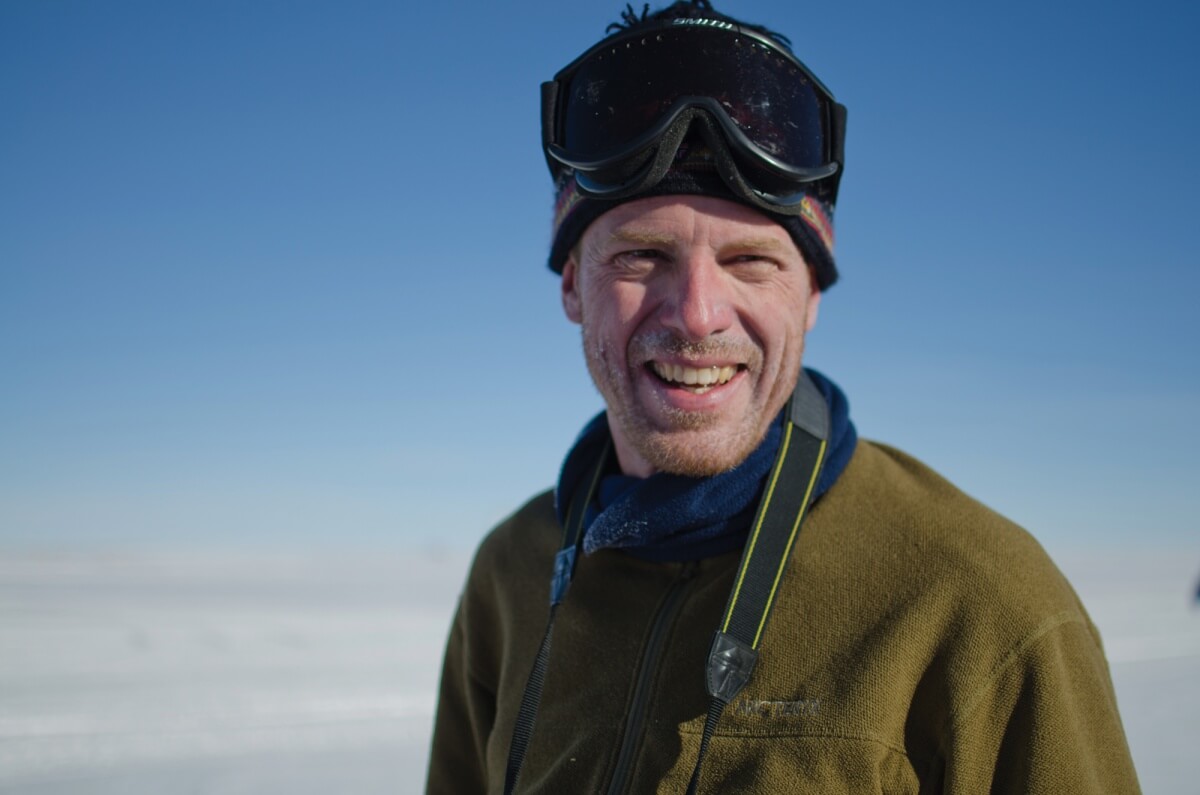Dr. Nils Halverson is an explorer, though his type of exploration doesn’t always require physical travel. Instead, he travels backward in time, building and observing with telescopes that can see nearly 14 billion years into the past.
“I study the Cosmic Microwave Background,” he says, “which is leftover heat from the Big Bang.” Halverson, an ‘85 CA alum, received his Ph.D. in Applied Physics from the California Institute of Technology, later pursuing postdoctoral research at the University of California, Berkeley.
Today, as an Associate Professor in the Astrophysical & Planetary Sciences and Physics departments at the University of Colorado- Boulder he studies the Cosmic Microwave Background, or CMB. Sometimes referred to as “relic radiation,” CMB is the light generated when the universe was in its infancy.
“Using CMB as a backlight, we can actually see how it was influenced by intervening matter, and then test theories of how large scale structures formed.”
Halverson first became interested in Physics when he was young, developing a deep curiosity of how things work at a fundamental level. He credits teachers like former Physics instructor Pat Hogan, who taught at Colorado Academy from 1978 to 2012, for nurturing his curiosity. Today, that curiosity translates into observing the CMB, where he looks for subtle variations in temperature and polarization in order to inform scientists on what conditions were like when the Universe first began.
Currently, Halverson is working with two telescopes — the South Pole telescope in Antarctica and the POLARBEAR telescope in northern Chile — testing the theory of Inflation, which hypothesizes that the universe expanded rapidly when it was just a fraction of a second old. Scientists believe that the universe is still expanding, but at a slower rate. In addition, because the CMB is a distant source of light, it can be used as a tool to probe the more recent history of the universe. “Using CMB as a backlight, we can actually see how it was influenced by intervening matter, and then test theories of how large scale structures formed.”
Already, the CMB has proven to be a rich tool for learning about the universe; for example, observations of the CMB have shown that the universe is spatially flat. Helping to confirm that prediction is one project that Halverson says is the most fascinating of his career.
During grad school he measured the CMB temperature fluctuations with DASI, a telescope located in the South Pole. At the time, theorists had strongly predicted that the temperature fluctuations would be greatest at one-degree angle scales, which if true, would demonstrate that the universe is flat. A number of experiments including DASI found the degree-scale peak, confirming the theoretical prediction.
“No one had seen those,” says Halverson. “We saw a second bump also predicted. It was a profound confirmation of the power of science. It’s profound that we as a species have a very good understanding of how the universe developed from the very first few seconds.”
